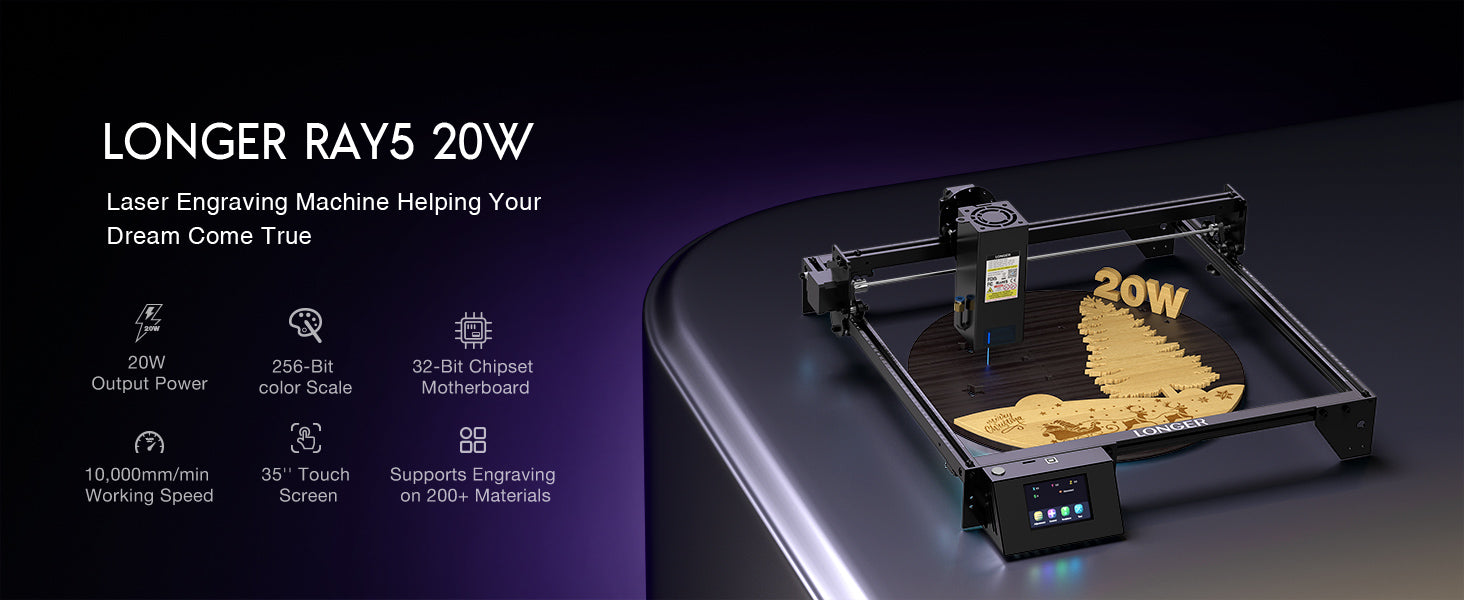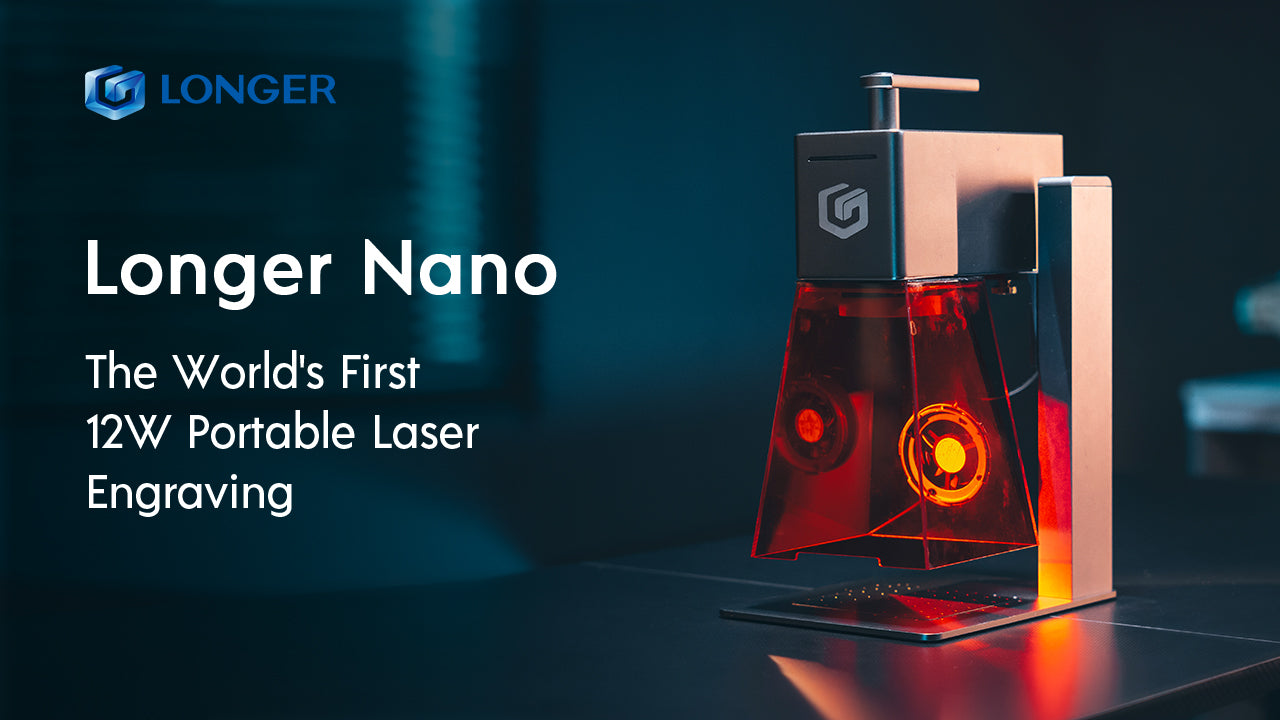Trending searches
Popular collections
Popular products
Cart ($0)
Cart ($0)


ABSTRACT
Let us explore the comparison between red laser and blue laser and explore their different charms in the world of technology.
Introduction
In today's era of rapid technological development, laser technology has become an important part of many fields. In laser technology, red laser and blue laser have always been the focus of attention. The contrast between them is not only the difference in color, but also the unique characteristics and advantages displayed in different application fields. Let us explore the comparison between red laser and blue laser and explore their different charms in the world of technology.
Wavelength
When we take a closer look at red lasers and blue lasers, their wavelength differences are not just differences in color, but also reflect differences in the energy and properties of light. The wavelength of red laser light is at the longer end of the visible spectrum, typically between 800 and 1064 nanometers, which gives it its bright red color. In contrast, blue laser has a shorter wavelength, approximately between 445 and 500 nanometers, which causes it to appear a deeper blue color. This difference in wavelength determines their position in the spectrum and corresponding energy levels. Blue laser has a higher energy density due to its shorter wavelength, which makes it uniquely advantageous in certain applications
Manufacture
In addition to differences in wavelength and application fields, red lasers and blue lasers also differ in the manufacturing and cost of laser devices. Because blue lasers require more complex manufacturing processes and higher quality materials, blue laser devices are generally more expensive to manufacture than red laser devices. This has also resulted in red lasers being more common in some consumer electronics products, such as laser pointers or laser pointers. Red lasers typically use helium-neon gas, dyes, or specific semiconductor materials that produce light with wavelengths between 800 and 1064 nanometers. In contrast, the main laser material of blue laser is gallium nitride (GaN) semiconductor, which can produce light with wavelengths between 445 and 515 nanometers. There are obvious differences in the laser structure between the generation processes of red laser and blue laser. The laser structure of a red laser can be a gas laser, a dye laser, a semiconductor laser or a solid laser, depending on the laser material used. Helium-neon gas laser is one of the earliest red lasers developed, and semiconductor laser is one of the common types of red lasers. In contrast, blue lasers usually adopt a semiconductor laser structure, mainly using semiconductor materials such as gallium nitride (GaN). These different laser structures have an important impact on the performance and application of lasers, such as power output, wavelength stability, and complexity of the preparation process. There are significant differences in the excitation methods of red laser and blue laser generation processes. Red laser can be excited in various ways, including electric shock, beam incidence or chemical reaction. Specifically, helium-neon gas lasers can be excited by electric shock to generate laser light, while dye lasers can be realized by laser beam incidence or chemical reactions. In contrast, blue lasers are typically achieved by electrically or optically injecting semiconductor materials such as gallium nitride. These different excitation methods determine the energy efficiency, stability and complexity of the preparation process of the laser, thereby affecting the performance of red lasers and blue lasers in their respective application fields.
Application
In terms of optical storage, blue lasers are widely used in high-definition optical discs and Blu-ray discs because of their shorter wavelength and higher data density. In contrast, red lasers work in traditional DVDs and CDs. In the medical field, due to the higher energy of blue laser, it has wider applications in laser surgery and laser therapy, enabling more precise treatment effects. Infrared lasers typically operate at longer wavelengths, typically in the 800 to 1064 nanometer range. These longer wavelengths are suitable for engraving or marking materials that effectively absorb infrared light. LONGER Ruby pulsed infrared laser adopts the most advanced technology and an ultra-fine laser spot size of 0.03*0.03mm. Longer Ruby can achieve complex details accurate to millimeters, and perform perfect engraving on metal, plastic and other objects. Blue lasers operate at shorter wavelengths, typically in the 400 to 500 nanometer range. These shorter wavelengths provide higher energy density and are suitable for engraving materials that absorb blue light efficiently. Laser B1 is equipped with an 8-core diode 44-48W power laser, which increases the laser engraving machine's cutting capacity by 20%. The highly concentrated laser beam increases the cutting capacity by more than 20%, and can cut 40mm basswood and 50mm acrylic multiple times. 17.72 x 17.32 inches (450 x 440mm) engraving area, ideal for A3 panels. The engraving speed is as high as 36,000mm/min, equipped with a 32-bit chipset and intelligent air assist system with automatic lighting control, 8 major safety protections, and a solid frame. Designed for advanced users who are proficient in laser engraving and cutting technology, the Laser B1 has superior cutting capabilities and can easily cut through a variety of materials. Whether you're working with wood, acrylic, or metal, the Laser B1 delivers powerful cutting performance for complex projects and ensures efficient, precise results every time.
Conclusion
In general, red laser and blue laser, as two important representatives of laser technology, each show their unique charm in different fields. Their comparison is not only the difference in color and wavelength, but also the comparison in application fields, cost and performance. With the continuous advancement and development of science and technology, we believe that red lasers and blue lasers will continue to play an important role in their respective fields, bringing more innovation and convenience to mankind. LONGER's laser engraving machines, including the LaserB1 and Ray5 series, come standard with blue laser heads. However, for customers who prefer red lasers, they have the option to purchase our LONGER Ruby laser head for replacement. With 8 years of professional research in laser engraving machines, LONGER is committed to providing customers with high-quality products that offer excellent value for money.
!


